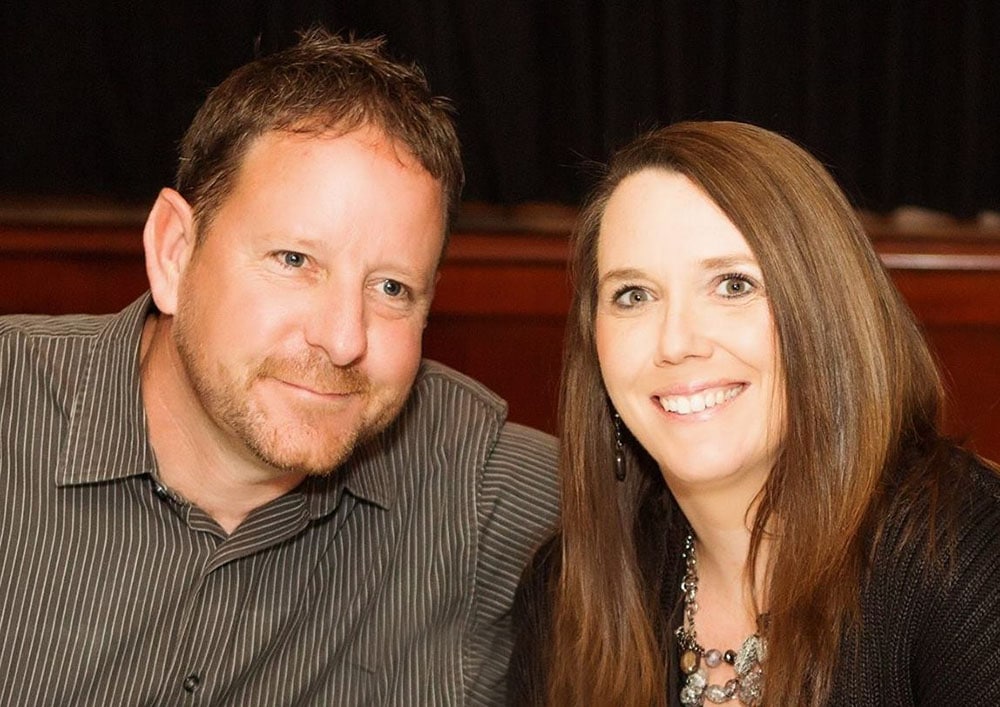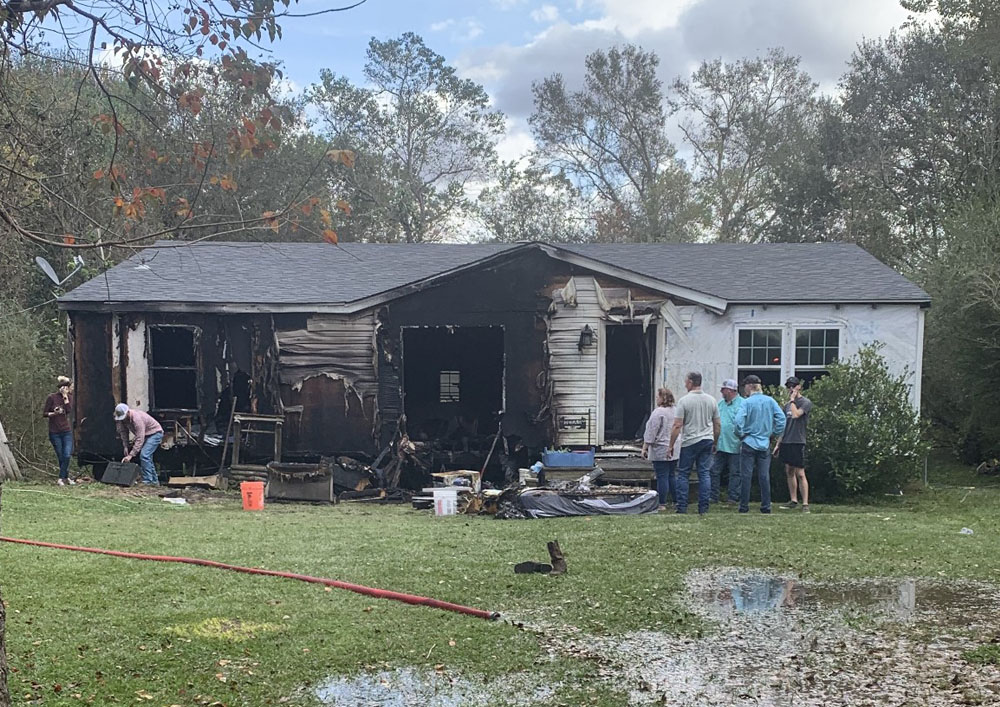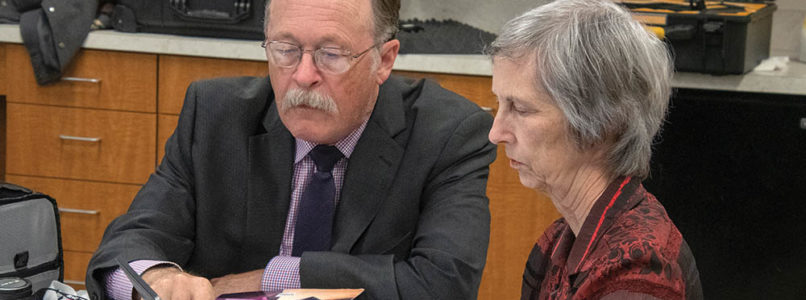Because we are all real people with real problems, living in a world that is deeply and desperately scarred by sin, conflict is a normal part of the human experience. Here are 9 common barriers to conflict resolution. The list is not exhaustive, but perhaps it will help us all understand a little better how to interact with opposing viewpoints in healthy conflict-dialogue that lends itself to resolution over perpetuity.
1. Hidden Agenda. Conflict is resolved when all the cards are on the table, and opposing parties listen for understanding then co-create a solution for the path forward. If your motive is ulterior, you will seek to manipulate the conversation to produce your preconceived result; when the result is not what you covertly desired, you will walk away with nothing but frustration. But we have no claim to frustration when uncommunicated expectations are not met. Put all the cards on the table. If you come to conflict with a hidden agenda, there will be no resolution.
2. Unchecked Pride. Perhaps you do not want to hear this, but here it goes: you may actually be wrong. If there are two opposing sides seeking to come to the truth, it is only logical that at least one of them (often both) are wrong. If you cannot embrace the possibility that you may actually have something for which to apologize, or some admission of guilt to own, you are not ready to enter conflict resolution. Unchecked pride can only build walls, never bridges. Genuine humility is a prerequisite for the resolution of any conflict.
3. Uninformed Assumption. I would not dare put an arbitrary statistic on such a claim, but I am willing to suggest that the vast majority of interpersonal conflict is either rooted in or perpetuated by uninformed assumptions. We come to every conflict armed with information but the gaps between the information, and the motivation behind it all, are left to our assumptions. If it is resolution you seek, be keenly aware of the difference between what you know and what you assume. Own the facts but be willing to be corrected on the gaps between information, the motivation of your offender, and your interpretation of the data.
4. Fresh Offense. “An offended brother is harder to reach than a fortified city,” (Proverbs 18:19). When we are freshly offended, we must do some serious soul-searching before we are ready to engage in conflict resolution. A freshly offended heart loves to manipulate an overwhelmed mind and inform a combative tongue. Cool off. Force yourself to think circumspectly. If you cannot engage in conversation civilly the conflict will be escalated, not resolved.
5. Lingering Unforgiveness. Bitterness poisons the soul; its only antidote is to forgive as God has forgiven you in Christ Jesus. Though unworthy of this grace, He extended it to you freely and asks that you, in kind, extend it to undeserving others. When unforgiveness lingers, past offense becomes the filter for processing present data and the road block to envisioning future possibility. Forgive as Christ has forgiven you. Otherwise, there will be no resolution to your conflict past, present, or future.
6. Hardened Predisposition. We do not only bring our conflict to the table of resolution; we bring ourselves to it, too. There are many reasons a person can become cynical in life: childhood experiences, mounting disappointments, past failure, and so much more. To resolve conflict, a person with a hardened predisposition must become painfully aware of his or her own cynicism. Otherwise, no resolution will ever be bright enough to penetrate the darkness of superintending disappointment.
7. Unhealthy Communication. I am convinced that much of the time, we just don’t know how to speak to one other or how to listen to one another. During the conflict resolution meeting, while your counterpart is speaking you should not be formulating rebuttals in your mind. You should be listening to understand. “A fool does not delight in understanding, but only wants to show off his opinions,” (Proverbs 18:2). Such arrogance inevitably lends itself only to conflict escalation, not resolution. It is altogether foolish to enter a conflict resolution conversation without intent to listen for understanding to the other’s perspective and to communicate your own perspective with grace and truth.
8. Personal Insecurity. Those who are insecure will often own a problem that is not theirs to own. This is not conflict resolution; it is conflict avoidance. To own an offense that is not yours is to sell yourself a lie while simultaneously robbing the other party of truth that leads to healing. To engage in meaningful conflict resolution, you will have to get past your own personal insecurities and embrace the tension of honest dialogue.
9. Secondary Stress. Wouldn’t it be great if we could deal with just one crisis at a time? The truth is, we all bring a load of concurrent stresses to every present conflict. But the conflict resolution table is not the place to unload them. If your counterpart unloads on you, consider that perhaps he or she is giving vent to emotions that have nothing to do with this conversation. But if you recognize that you are bringing emotions to the table that do not belong there, give yourself permission to deal with them elsewhere, later. Secondary stresses can blind you to a resolution that is right in front of you. Control your emotions or they will control you.






















